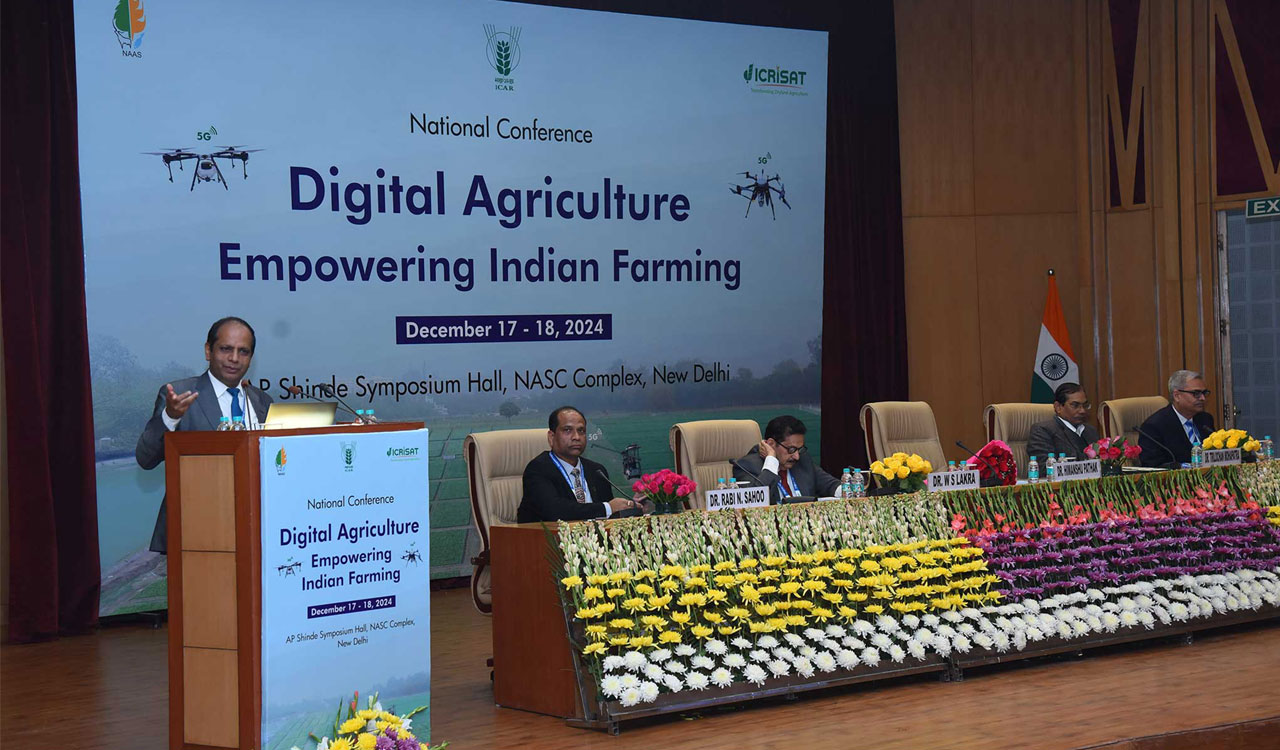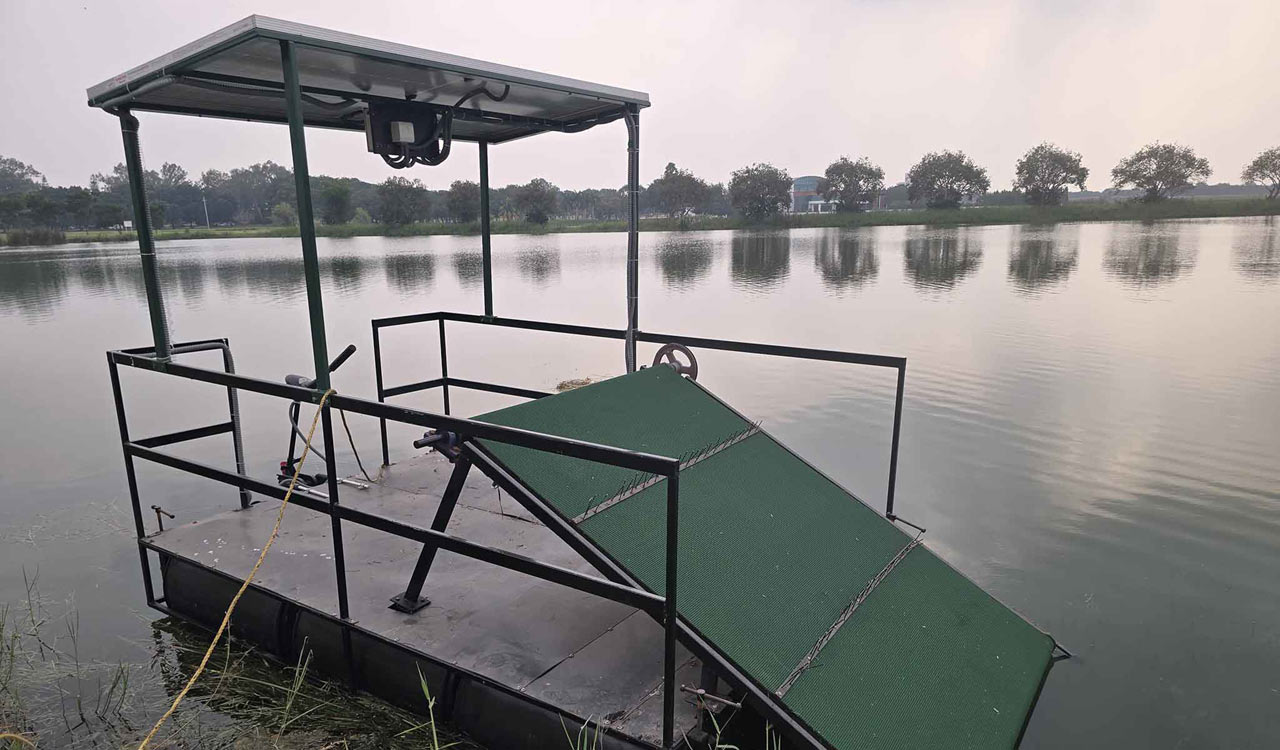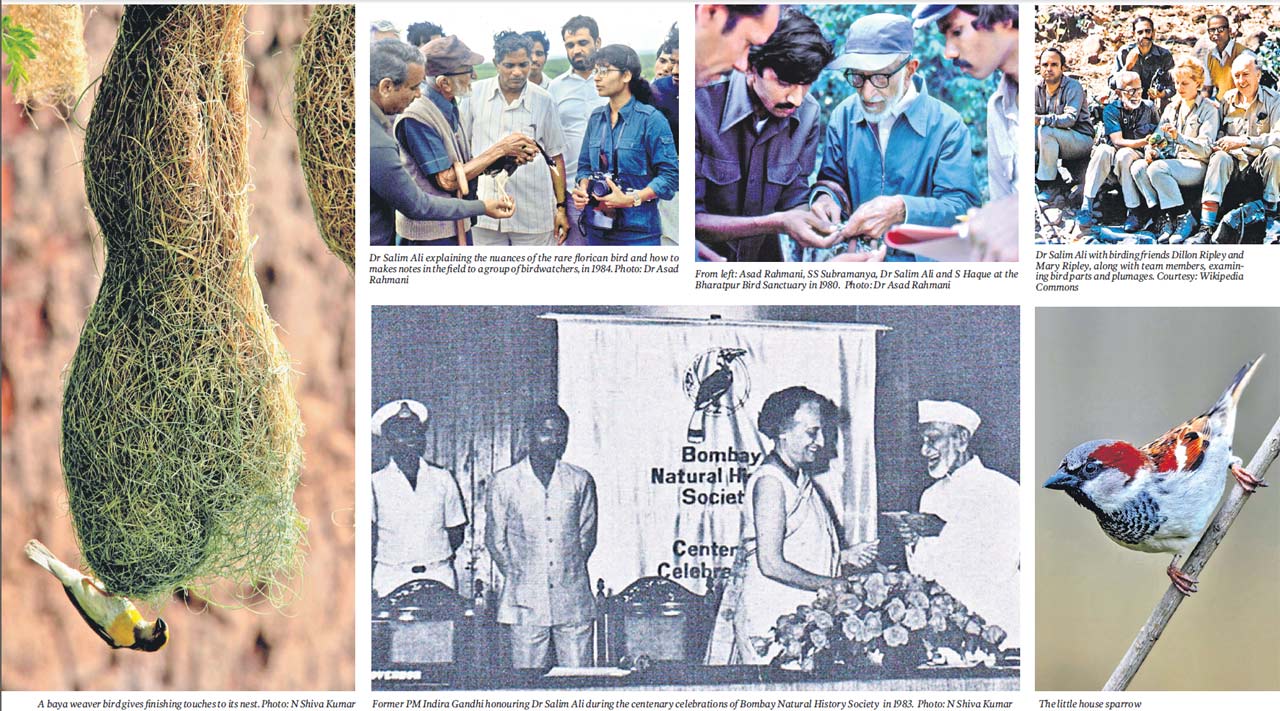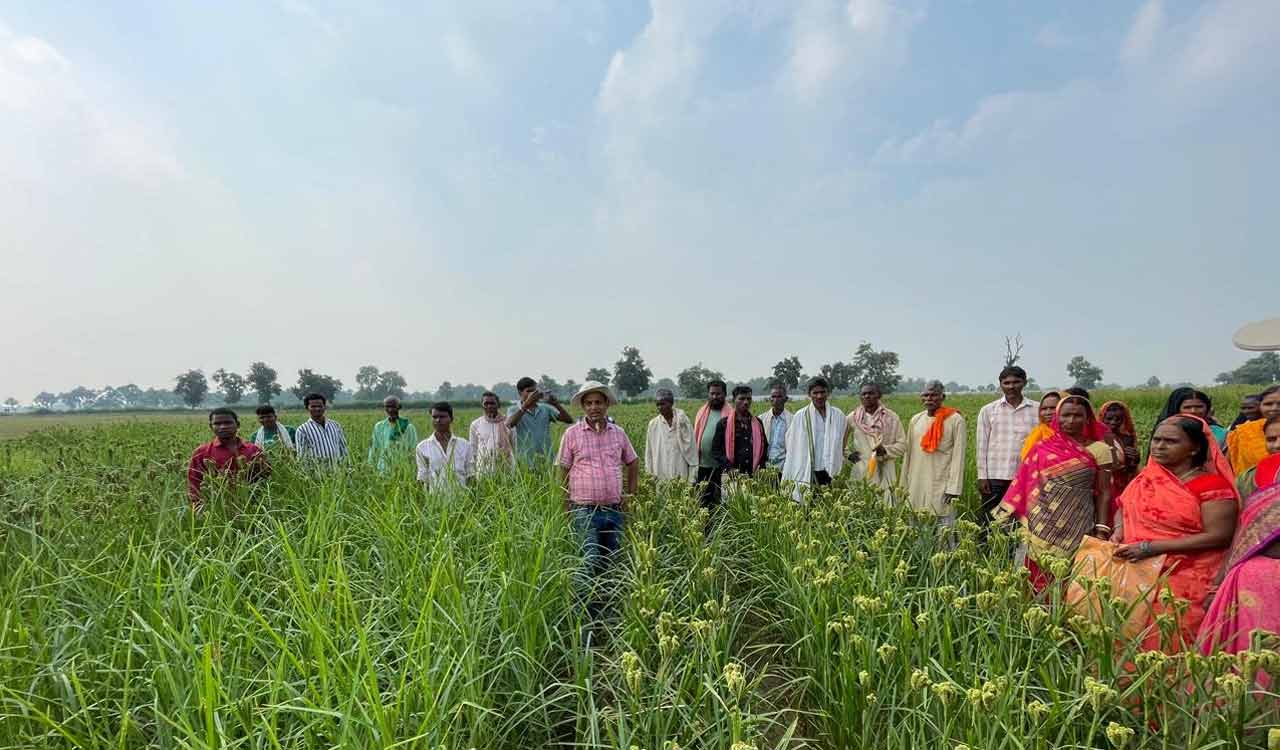Big time bird-lover, bibliographer
Hyderabad: Bird. Write. Read. Repeat. That is what Aasheesh Pittie, 60, has been doing for the past 40 years. Unlike today’s birders, who are generally identified with the long (and fat) lenses, his go-to tools were only a pair of binoculars, a notebook and a pen to take the notes. A telescope was added later […]
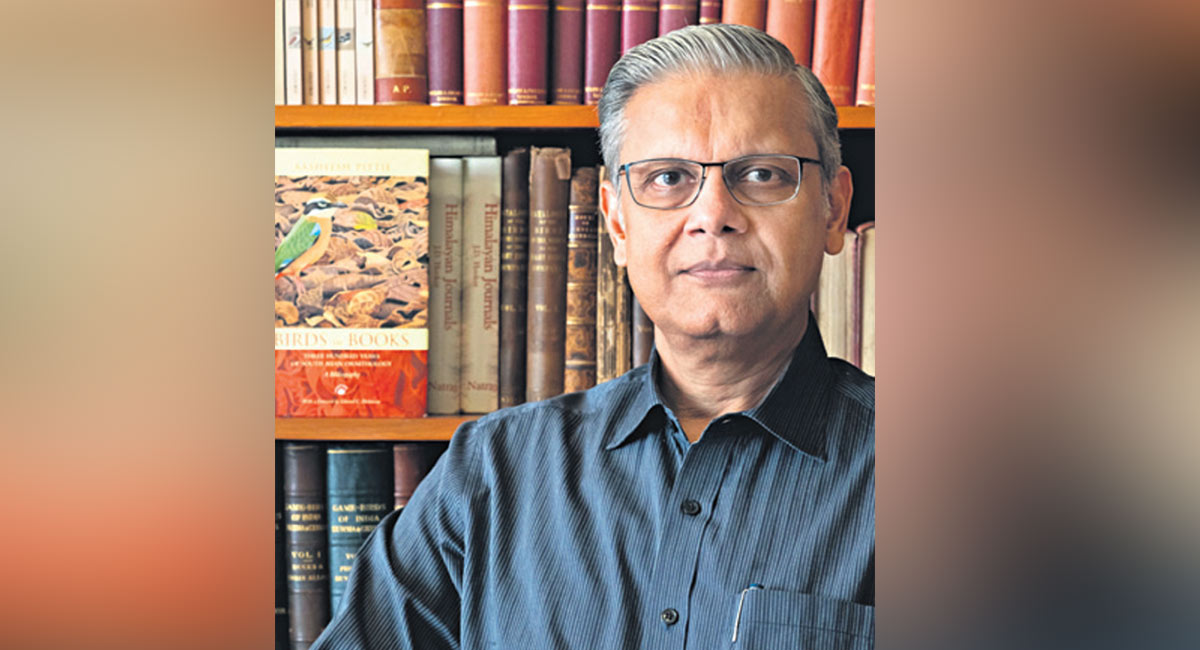
Hyderabad: Bird. Write. Read. Repeat.
That is what Aasheesh Pittie, 60, has been doing for the past 40 years. Unlike today’s birders, who are generally identified with the long (and fat) lenses, his go-to tools were only a pair of binoculars, a notebook and a pen to take the notes. A telescope was added later to see some waders, the birds commonly found along shorelines.
What started as his field notes have metamorphosed into something big- a bibliography on South Asian ornithology. He has published ‘Birds in Books: Three hundred years of South Asian Ornithology (2010)’. And recently, an extension of that, ‘The Written Bird: Birds in Books 2’ released in early January this year. In the first book, Pittie indexed over 1,700 books written from the early 18th century to 2008. It covers birds of Afghanistan, Bangladesh, Bhutan, India, Maldives, Myanmar, Nepal, Pakistan, Sri Lanka and Tibet. In the latest monograph, he indexed 535 titles published between 2009 and 2021.
Pittie also edits a digital magazine www.indianbirds.in and maintains a revered searchable database [www.southasiaornith.in]. South Asian ornitholog [www.southasiaornith.in]. The database has over 35,000 references, searchable by scientific names and keywords.
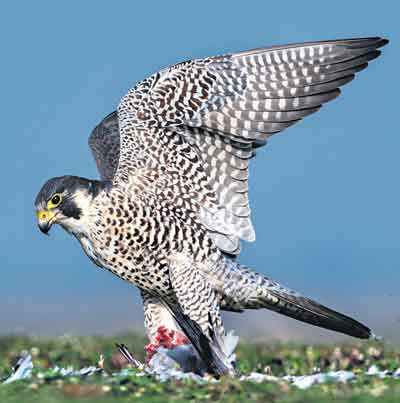
Peregrine Falcon near Osman Sagar.
“I started making an index for myself. After every trip I would write down the details about the sightings. I realised that whatever was being published regularly on birds was not readily available to those interested. The index was for my own use but later felt it could help many others,” says Pittie about the bibliography foundation. He took to birding in the 80s with ‘The Book of Indian Birds’ by birdman Dr Salim Ali, as his key reference tool.
“I have a set of Dr Salim Ali’s notes. The originals are in the National Museum. I was able to get a copy. The notes show his remarkably calligraphy-like handwriting. He used to meticulously write the notes every evening. He used to have a page for every species and added more pages when needed. These notes formed the backbone for his ‘Handbooks of Birds of India and Pakistan,” says Pittie, showing a large bound book from his collections.
The Birdwatchers’ Society of Andhra Pradesh sent handwritten postcards to its members about birding trips. Birding members would assemble at Koti before heading to Vanathalipuram, Shamirpet, Narsapur or the Zoological Park among others. “We would collate and publish the list in the next newsletter,” says Pittie, who found a mentor in Pushpa Kumar, who retired as the PCCF of the AP Forest Department, and was known for his vast knowledge of birds.
“The Vanasthali had a neighbouring garbage dump and we would see thousands of vultures there. With just a fence around it, it turned into a forest area to support a large ecosystem,” he says.
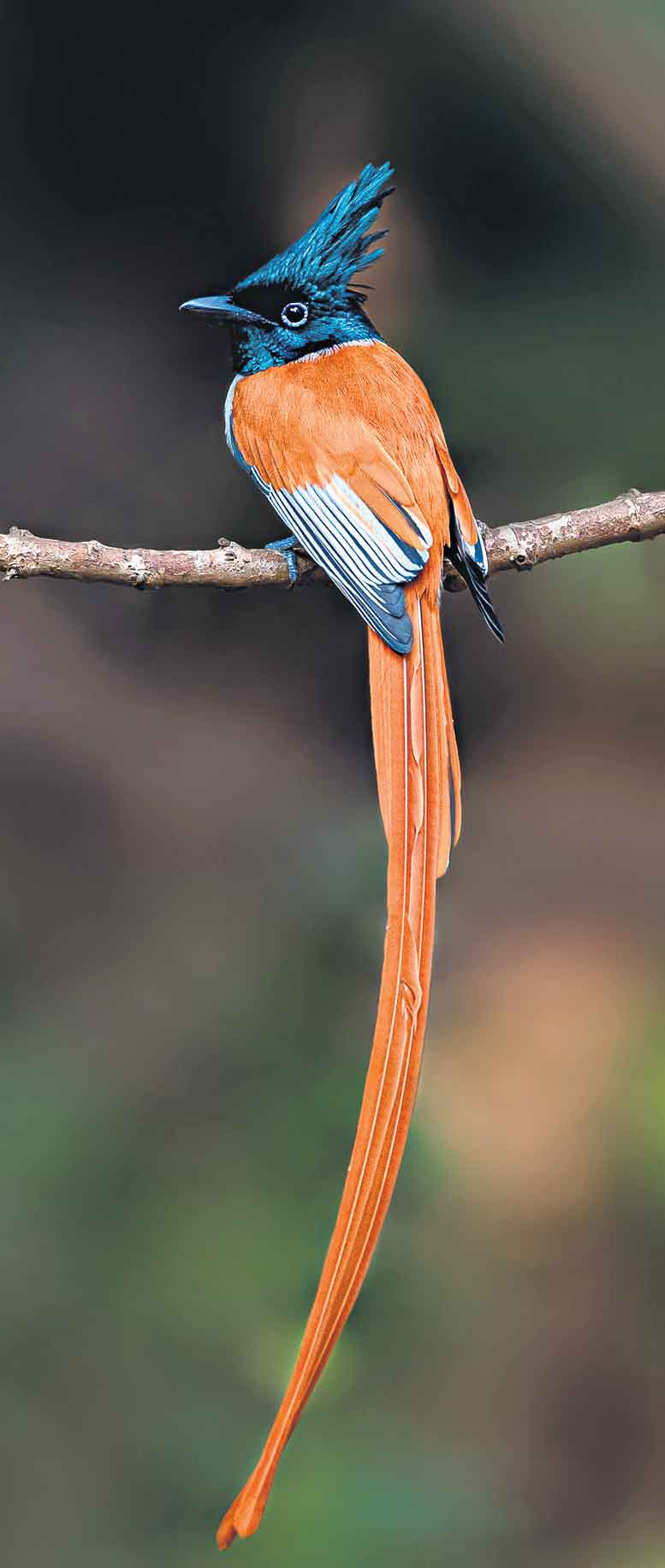
Indian Paradise Flycatcher spotted in Anantagiri forest.
Photos: Sriram Reddy
One incident while birding at ICRISAT cemented his love for birds and nature. “We saw an osprey (Pandion haliaetus) dive into the water and disappear for some moments. It reappeared with a big fish caught in its claws. It was fully wet. It initially struggled with the weight of the fish and finally started moving. While doing so, it turned the fish nose in the direction of the flight. We were stunned at that move. It was an evolution in action. It made the fish aerodynamic to reduce resistance in flying. Not everything is found in books (or on the internet). Even if you see the same bird every day, the experience will not be the same as the bird behaves differently in different conditions,” tells Pittie who also learnt early to ‘see birds with ears’ based on their calls.
“You will be surprised to know that the common crow (Corvus splendens) will dip a hard roti, bread or papad in water and eat it when soft. But you need to spend time observing this kind of behaviour,” he says.
“Whether it is birding or bird photography, the aim should be to enjoy what we are doing. However, the bird and its safety comes first and not the photograph. If its surroundings are changed, chances are high that the bird gets distracted and may become easy prey,” he says.
Now you can get handpicked stories from Telangana Today on Telegram everyday. Click the link to subscribe.
Click to follow Telangana Today Facebook page and Twitter .
Related News
-
Hyderabad: Couple working as house help at doctor’s residence held for theft
2 mins ago -
Hyderabad auto driver foils attempt to kidnap young woman, five held
46 mins ago -
Haiti gang attack on journalists covering hospital reopening leaves 2 dead, several wounded
2 hours ago -
21 dead as Mozambique erupts in violence after election court ruling
2 hours ago -
Cartoon Today on December 25, 2024
10 hours ago -
Sandhya Theatre stampede case: Allu Arjun questioned for 3 hours by Chikkadpallly police
11 hours ago -
Telangana: TRSMA pitches for 15% school fee hike and Right to Fee Collection Act
11 hours ago -
Former Home Secretary Ajay Kumar Bhalla appointed Manipur Governor, Kerala Governor shifted to Bihar
11 hours ago

